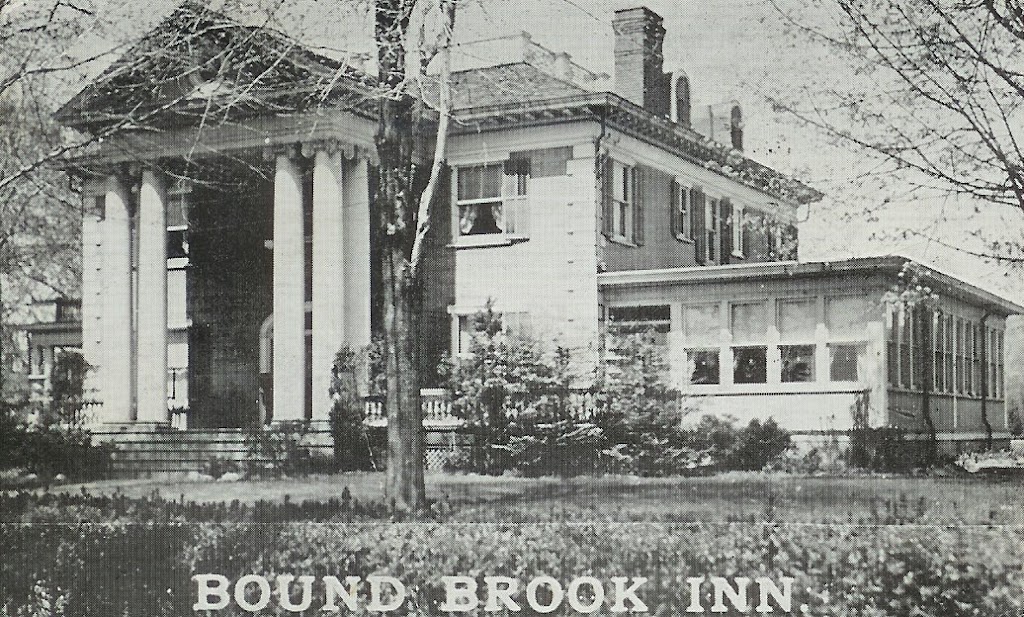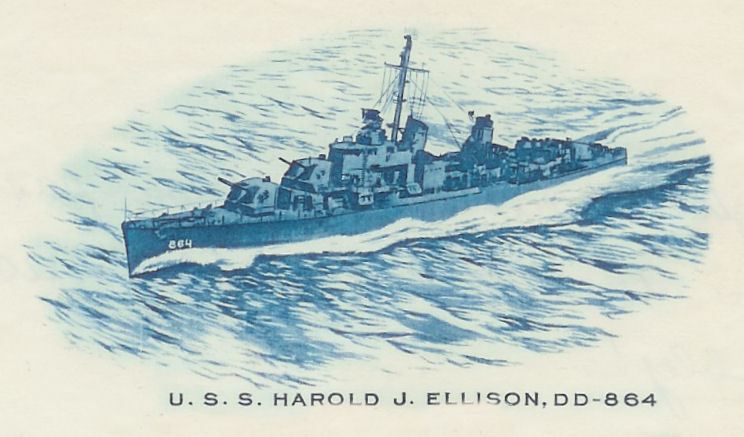Postmark: February 5, 1949 New York, NYto: Mrs. Louis R. Lawson, Jr.1916 Dilworth Road, EastCharlotte,…
For What It’s Worth
The pay for associates is bemoaned once again by my friend Heather Milligan on the Legal Water Cooler. But, wait, she has a solution.
How good is it? The legal business is a guild system that has failed to transform itself in keeping with the managerial services model that came into favor in the industrial age. As the profession gravitated to the billable hour after the Second World War, each individual attorney became a separate billing unit, to provide more transparency to the accumulation of charges for a matter. This was not a choice.
Clients, especially the large ones, had ranks of analysts whose sole jobs were to discover the smallest increments of costs and develop methods for assessing their relevancy to the profit generated by business operations. “Traditional” legal matter billing was often a summary invoice, with vague lists of services or tasks, unrelated to the time put in on a particular issue, and without the identity of an obvious attorney, short of the relationship partner who served the client.
Calling for greater detail in the individual “knowledge units” of legal services, the analysts persuaded client executives and general counsel to require that firms declare which attorneys were working on the client’s issues and what amounts of time were recorded. Well, time recording was an entirely new concept to the legal trade, and was in fact born of the organizational “work and time studies” developed by corporate sociologists and organizational development consultants in the first decades of the 1900’s.
So, lawyers (and other professionals, let’s not forget) were pressed into accepting time recording as a billing method and, also, had to develop hourly rate structures so that invoices could be rendered with simple multiplication: amount of time X rate of time = billed amount.
This has posed a number of challenges, and Heather has identified a significant one in the new/early associate training model. Priced as a “lower tier” hour, the obvious perception came to be that this particular lawyer was of less value, because of inexperience or other factors. As cost controls tighten, this “worth less” identity has also contracted to…”worthless.”
It’s an intriguing solution, the idea of a training program that essentially puts the associate to work on client matters, and the cost of education and experience is absorbed by the firm. It is a brave set of owners that can accept this idea. But I think it will put the fear of God in whomever is caretaker of the firm profit and partner bonus.
I don’t know much about the Ford Harrison program, but I would be surprised if it meant associate hours were at no cost to the client. However, it might be a significant win in the “goodwill” column if, as an enrollee of the “BigFirm Associate Development Institute”, associates were put to work on matters for a limited time on a no charge basis. Might even have clients ASKING for these assignments, sort of a “self-discounting” program.


